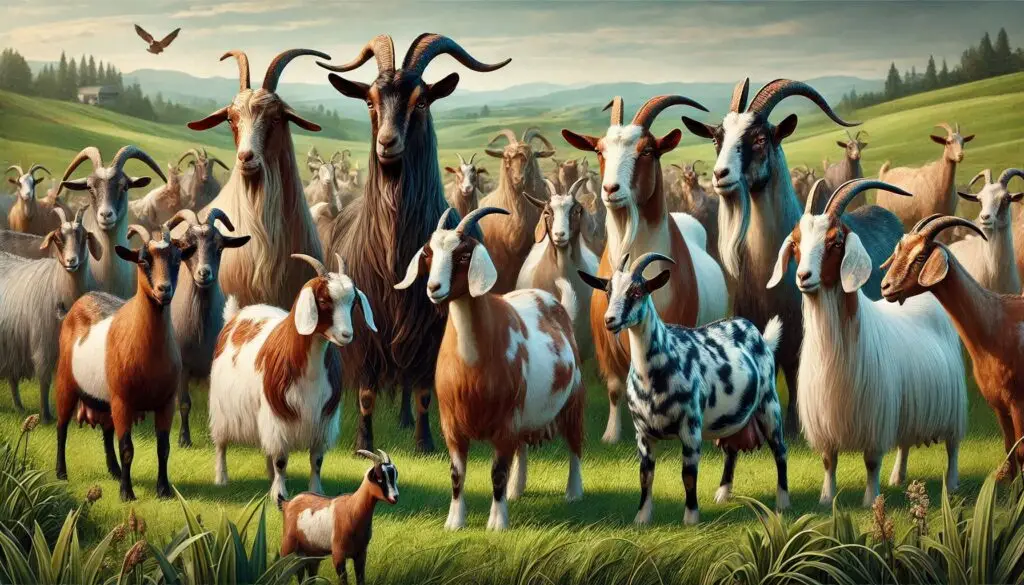Mammary Involution in Dairy Animals

Mammary involution is a vital physiological process in dairy animals, particularly after the cessation of lactation. This article delves into the intricacies of mammary involution, its stages, cellular mechanisms, and the importance of the nonlactating period for dairy production. Understanding this process is crucial for optimizing dairy management practices.
What is Mammary Involution?
Mammary involution refers to the regression of the mammary gland’s lactation function. It involves significant morphological and functional changes in the mammary tissue. This process is essential for preparing the mammary gland for subsequent lactation cycles. In dairy animals such as cows, goats, and sheep, mammary involution can differ from that observed in laboratory rodents.
Stages of Mammary Involution
Mammary involution can be divided into several stages:
1. Active Involution
This stage begins immediately after milk removal. Significant changes occur as the tissue transitions from a lactating to a nonlactating state. During this phase, there is a marked reduction in milk production.
2. Steady State
In this phase, the gland remains in a nonlactating condition. Metabolic activity decreases, but cellular turnover continues at a low rate. The mammary gland maintains some structural integrity during this time.
3. Redevelopment
This stage occurs before parturition and prepares the gland for the next lactation cycle by initiating colostrum formation. This phase is crucial for ensuring that the newborn receives essential nutrients immediately after birth.
Cellular Mechanisms Involved
Mammary involution involves complex cellular mechanisms:
Apoptosis and Cell Proliferation
During mammary involution, there is an increase in apoptosis (programmed cell death) among epithelial cells. However, this occurs at a lower maximum proportion compared to rodents. Interestingly, an initial increase in cell proliferation may accompany this apoptotic process. This suggests that the nonlactating period promotes cellular turnover necessary for optimal future milk production.
Immune Response
Leukocyte infiltration plays a role during involution. Increased numbers of immune cells help clear residual milk components and protect against infections. This immune system involvement is crucial because intramammary infections during the dry period can lead to significant losses in milk production during subsequent lactations.
Importance of the Nonlactating Period
The nonlactating or “dry” period is vital for maximizing milk yield in subsequent lactations:
- Duration: A typical dry period lasts between 45 to 60 days. Shorter periods can negatively impact future milk production, while excessively long dry periods may increase feed costs without benefits.
- Management Strategies: Recent research has explored methods to accelerate mammary involution to improve udder health and simplify management practices.
Best Practices for Managing Mammary Involution
To optimize mammary involution and improve overall dairy productivity, consider these best practices:
1. Monitor Dry Period Length
Ensure that cows have an adequate dry period to recover fully before calving again. Adjustments may be necessary based on individual animal needs.
2. Implement Nutritional Strategies
Provide balanced nutrition during the dry period to support overall health and prepare the animal for future lactation.
3. Manage Milking Practices
Carefully manage milking practices leading up to drying off to minimize stress on the animal and ensure a smoother transition into involution.
Research Insights
Recent studies have focused on accelerating mammary gland involution after drying off in dairy cattle. Research published by Zhao et al. highlights various strategies to enhance this process effectively (ScienceDirect).
Conclusion
Understanding mammary involution is essential for optimizing dairy production systems. Effective management strategies that support the health and productivity of dairy animals throughout their reproductive cycles can lead to improved outcomes for both farmers and animals alike.
More from Veterinary Physiology:
l-tests-animal-diagnosis/
https://wiseias.com/heart-efficiency-in-animals/






Responses